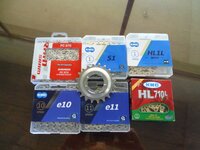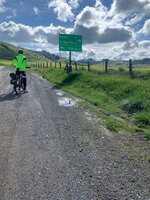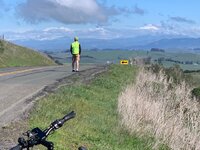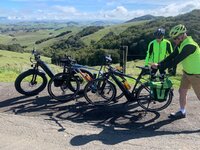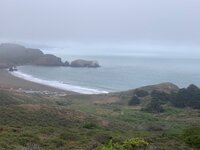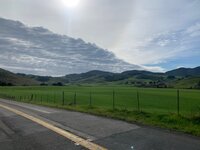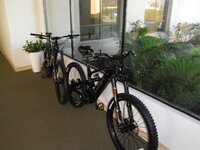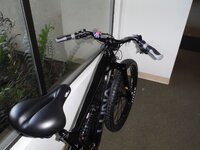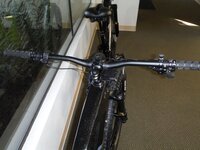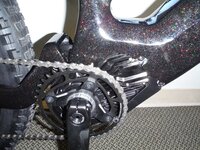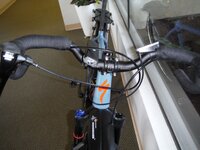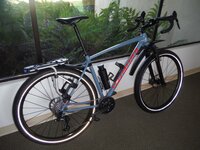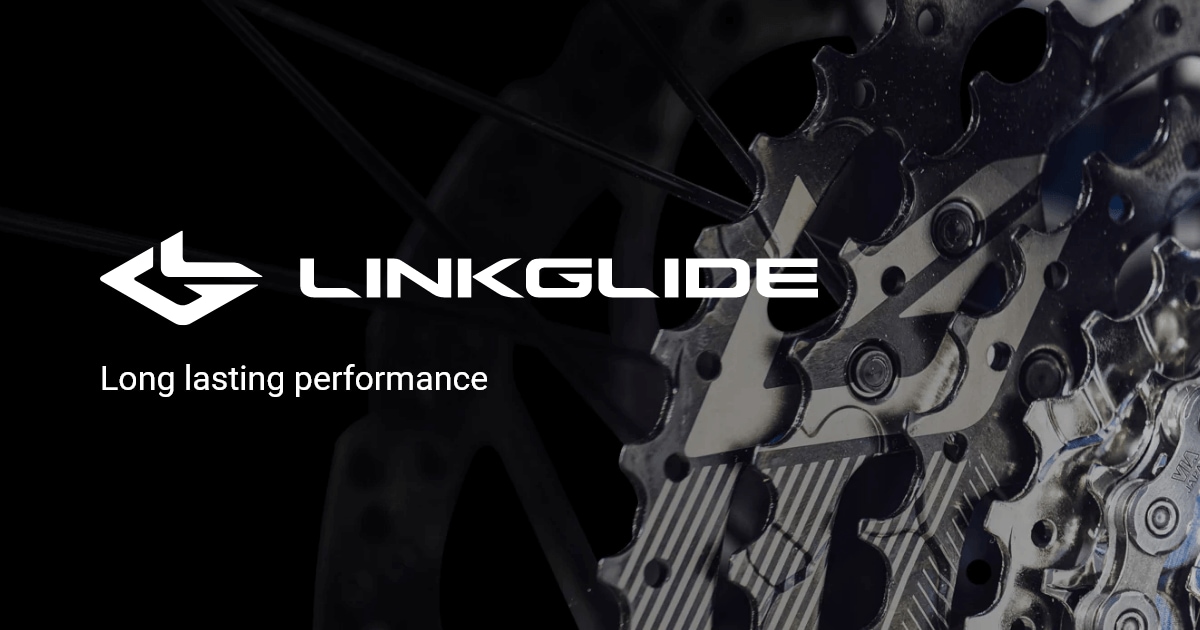Sure. I had planned on doing a detailed writeup in the Bafang forum where I explained every little thing as there seemed to be quite a bit of confusion about what some of the things did...but never got around to it. Maybe I'll just post the stuff here and let people ask questions.
Yeah, that's where most of the credit goes--I didn't really end up changing all that much. I'd encourage people to read Frey's writeup and compare what they did to the stock settings to get an idea how things work. Anyway, here are mine:
View attachment 109403
View attachment 109404
View attachment 109405
View attachment 109406
You guys can compare that with the Frey and see the things I changed and decide if you want to change them or not or try your own settings. I'd say the most notable change I think really helps with low speed control in mid-higher PAS modes is on the Torque Tab, I've reduced the MaxCurrent% at low cadences (33 and 66%). If you want to pop wheelies at takeoff or race people, you probably won't like that. But many people complain about low speed control in higher PAS modes which was something I wanted to improve. Maneuvering around obstacles, or turning a switchback on a steep hill, where you're in a higher PAS mode but are slowed down and need control, this cuts power at really low cadences. It also gives a smoother takeoff which is helpful starting up a steep hill where you're trying not to break traction. You feel the motor get stronger as you "get going" and get up to a normal cadence.
The biggest thing the tune does is controlled by the values under Delta Voltage. Since this software (or maybe the controller?) doesn't allow you to directly change the output curve of the motor vs torque, you can do it indirectly by changing these values--the calibration of the torque sensor. The new values give you a more dynamic, progressive output curve vs the force you put on the pedals. This is similar in concept to the "eMTB" or "Magictour" modes from Bosch, and some other high end brands have something similar:
View attachment 109410
To me, it feels much more dynamic, allowing even higher assist modes to be usable for easy cruising at low speeds--then if you want to blast up to high speed or hit a steep hill, there's no need to change modes. You just pedal harder. Sort of like how a bike is supposed to work.

The numbers Frey or I use above aren't written in stone--if you're a big, strong guy with legs that look like Saquon Barkley's, you probably want to raise the first couple of values. If you're a smaller person or can't pedal very hard for whatever reason, you may want to lower them or it may be hard for you to ever reach full power.
On the other hand, for commuters, you may actually prefer the stock Bafang settings more (more cadence sensor-like) so you can get to work without getting sweaty. It's all up to you to experiment around with and find something you like.
You can surmise simply by looking at the numbers how it improves efficiency for a given PAS mode--in order to get the same amount of power you need to pedal harder, so rider power input is usually going to be more for the same motor power output. But charts help. Here's a short ride over the same route that actually showing motor power consumption:
View attachment 109411
Here you can see how the stock programming ends up being pretty close to an on/off switch. Very little time is spent at low or medium power output for that PAS mode. Compare that with the tuned chart:
View attachment 109412
Here you can see how the torque sensor is actually working now. A lot of time is spent at low and medium power levels. But when I put the hammer down, full power is available.
For those that want to save some time, I attached the file. The board won't let me attach a .el file so I changed the extension. If you just rename the file, changing the extension to .el you should be able to load it into your software and take a look or give it a try if you want. Let me know if that doesn't work and I'll try something else.

 www.aliexpress.com
www.aliexpress.com

